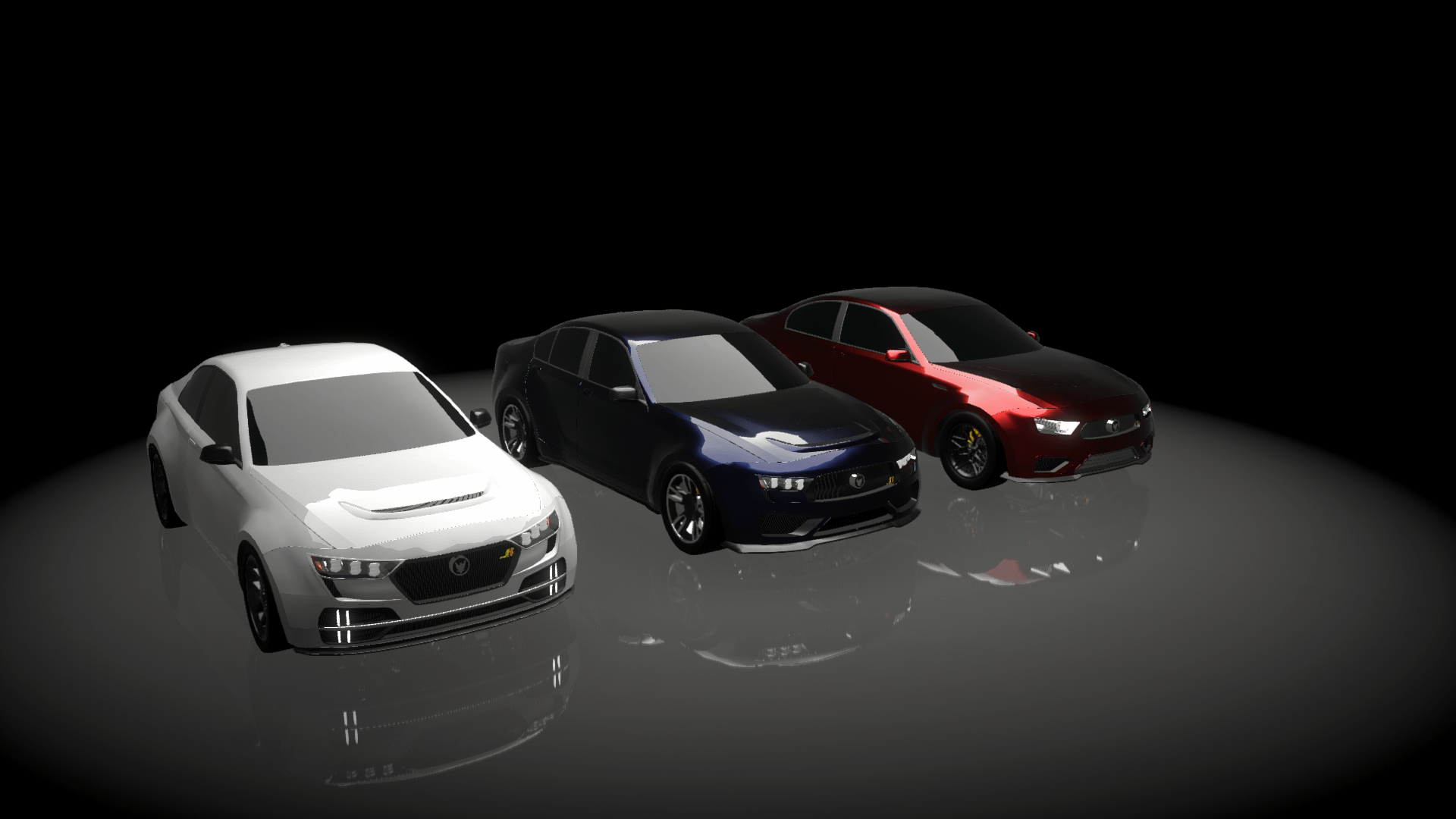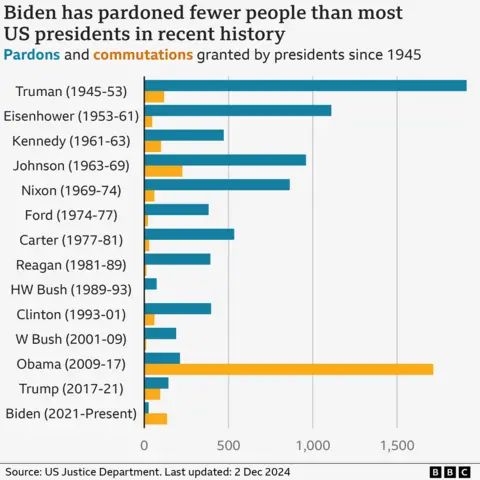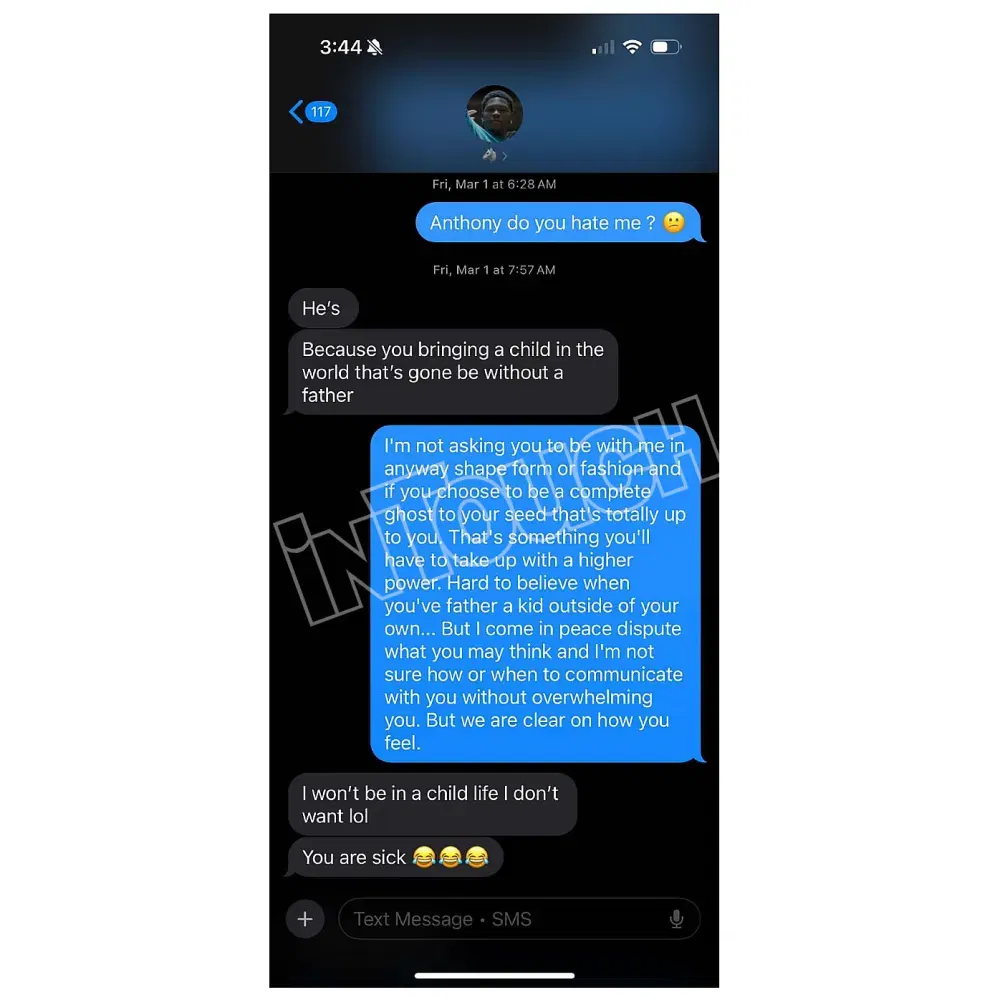Android's Design Language Evolution: What's New?

Table of Contents
Material Design 3: A Deeper Dive
Material Design 3 represents a significant leap forward in Android's visual language. Building upon its predecessor, it introduces several key enhancements that elevate the user experience and provide developers with powerful new tools.
Refined Color System and Thematic Colors
Material You, a core component of Material Design 3, introduces dynamic color theming. This allows the system to intelligently extract dominant colors from a user's wallpaper and apply them throughout the interface, creating a truly personalized experience. This dynamic color implementation goes beyond simple accent colors; it subtly infuses the entire system with a cohesive color palette.
- Examples of dynamic color in apps: Notice how the color accents in Google's own apps, such as Calendar and Photos, adapt to the user's wallpaper. This creates a seamless and visually appealing integration between the system and individual apps.
- The use of
color palettesin Material Design 3 provides a consistent and elegant look across all apps using the guidelines, improving overall system cohesion. - Android 12 and Android 13 have been instrumental in showcasing the capabilities of dynamic color and its impact on user personalization.
Updated Typography and Improved Readability
Material Design 3 refines typography, enhancing readability and accessibility. New font families and adjustments to font sizes contribute to a more comfortable reading experience, particularly on smaller screens. The focus is on clear, concise text that's easy on the eyes.
- Examples of new font families and their usage: Roboto is still the primary font, but Material Design 3 introduces subtle adjustments and variations for improved readability across different contexts.
- Text scaling options within Android settings allow users to customize the font size to suit their individual needs and preferences, ensuring accessibility for all users.
- The improved
typographyensures consistent and clear readability across different app interfaces.
Enhanced Motion and Animation
Material Design 3 features smoother, more refined animations and transitions. These subtle improvements significantly enhance the perceived fluidity of the user interface, resulting in a more polished and delightful experience.
- Examples of improved animations and their contribution to user experience: The subtle animations used during app launches, transitions between screens, and interactions with UI elements provide visual feedback and make the system feel more responsive and intuitive.
- Improved
motiondesign creates a more consistent and visually appealing system. - The use of thoughtfully designed
animationsandtransitionscontribute to a more enjoyable and less jarring user experience.
Impact on App Development
The evolution of Android's design language directly impacts app development. Adopting Material Design 3 presents both challenges and rewards for developers.
Adapting to Material Design 3 Guidelines
Updating apps to comply with Material Design 3 guidelines requires effort, but the benefits are substantial. A consistent and modern design enhances the user experience, improving app ratings and attracting more users.
- Resources for developers to learn about Material Design 3: The official Android Developers website provides comprehensive documentation, code samples, and tutorials to aid in the transition.
- Mastering the
Material Design 3 guidelinesis crucial for creating apps that look and feel native on Android. - Proper
UI/UX designpractices incorporating Material Design 3 will improve the app's user experience and appeal to a wider audience.
New Jetpack Compose Components
Jetpack Compose, Android's modern declarative UI toolkit, simplifies the creation of Material Design 3 UIs. It allows developers to build beautiful and efficient interfaces with less boilerplate code.
- Examples of new Compose components and their features: Compose provides pre-built components that adhere to Material Design 3 specifications, significantly speeding up the development process.
- The use of
Jetpack ComposealongsideMaterial Design componentsallows for more efficient and streamlined development. Declarative UIusing Jetpack Compose simplifies the process of creating visually appealing and functional Android apps.
Future Trends in Android Design
Android's design evolution continues, with future trends pointing towards increased personalization and a greater focus on sustainability and inclusivity.
Focus on Personalization and Customization
The trend towards user-centric designs is accelerating. Users crave interfaces that adapt to their individual needs and preferences, fostering a sense of ownership and control.
- Examples of personalized features in recent Android releases: The dynamic theming in Material You is a prime example of this trend.
- The emphasis on
personalizationandcustomizationis key to providing a more satisfying user experience. Adaptive UIdesign is crucial for creating dynamic and personalized user interfaces.
Sustainability and Inclusivity in Design
Designing inclusive and sustainable Android interfaces is becoming increasingly important. This encompasses accessibility features for users with disabilities and considerations for the environmental impact of technology.
- Examples of design choices promoting accessibility and environmental considerations: Improved contrast ratios for better readability, support for various input methods, and optimized app performance to reduce energy consumption.
Inclusive designprinciples ensure that apps are usable and enjoyable for everyone, regardless of their abilities.Sustainable designpractices are paramount to minimize the environmental impact of technology.
Conclusion: Staying Up-to-Date with Android's Design Language Evolution
Android's design language has undergone a dramatic transformation, with Material Design 3 leading the charge. The improvements in color, typography, motion, and the introduction of powerful tools like Jetpack Compose have significantly enhanced the user experience and streamlined app development. Understanding and embracing these changes is crucial for creating compelling and successful Android applications. Embrace Android's Design Language Evolution and stay updated on Android's Design Language by exploring the resources available on the official Android Developers website. Master Android's Design Language Evolution to create truly exceptional Android experiences.

Featured Posts
-
 Jimmy Butlers Pelvic Contusion Game Status Uncertain After Warriors Loss
May 15, 2025
Jimmy Butlers Pelvic Contusion Game Status Uncertain After Warriors Loss
May 15, 2025 -
 Presidential Pardons Scrutinizing Trumps Decisions
May 15, 2025
Presidential Pardons Scrutinizing Trumps Decisions
May 15, 2025 -
 Trump Supporter Ray Epps Defamation Lawsuit Against Fox News Details On The January 6th Claims
May 15, 2025
Trump Supporter Ray Epps Defamation Lawsuit Against Fox News Details On The January 6th Claims
May 15, 2025 -
 Analyzing The San Diego Padres Success Despite Fernando Tatis Jr S Challenges
May 15, 2025
Analyzing The San Diego Padres Success Despite Fernando Tatis Jr S Challenges
May 15, 2025 -
 Pimblett Vs Poirier A Debate On Retirement And Future Ufc Fights
May 15, 2025
Pimblett Vs Poirier A Debate On Retirement And Future Ufc Fights
May 15, 2025
Latest Posts
-
 Ayesha Howard And Anthony Edwards Co Parenting Under One Roof
May 15, 2025
Ayesha Howard And Anthony Edwards Co Parenting Under One Roof
May 15, 2025 -
 The Anthony Edwards Custody Drama What We Know So Far
May 15, 2025
The Anthony Edwards Custody Drama What We Know So Far
May 15, 2025 -
 Anthony Edwards Custody Dispute The Latest Updates
May 15, 2025
Anthony Edwards Custody Dispute The Latest Updates
May 15, 2025 -
 Nba Star Anthony Edwards Facing Custody Battle Mothers Response
May 15, 2025
Nba Star Anthony Edwards Facing Custody Battle Mothers Response
May 15, 2025 -
 Anthony Edwards Paternity Suit Ayesha Howard Receives Custody
May 15, 2025
Anthony Edwards Paternity Suit Ayesha Howard Receives Custody
May 15, 2025
